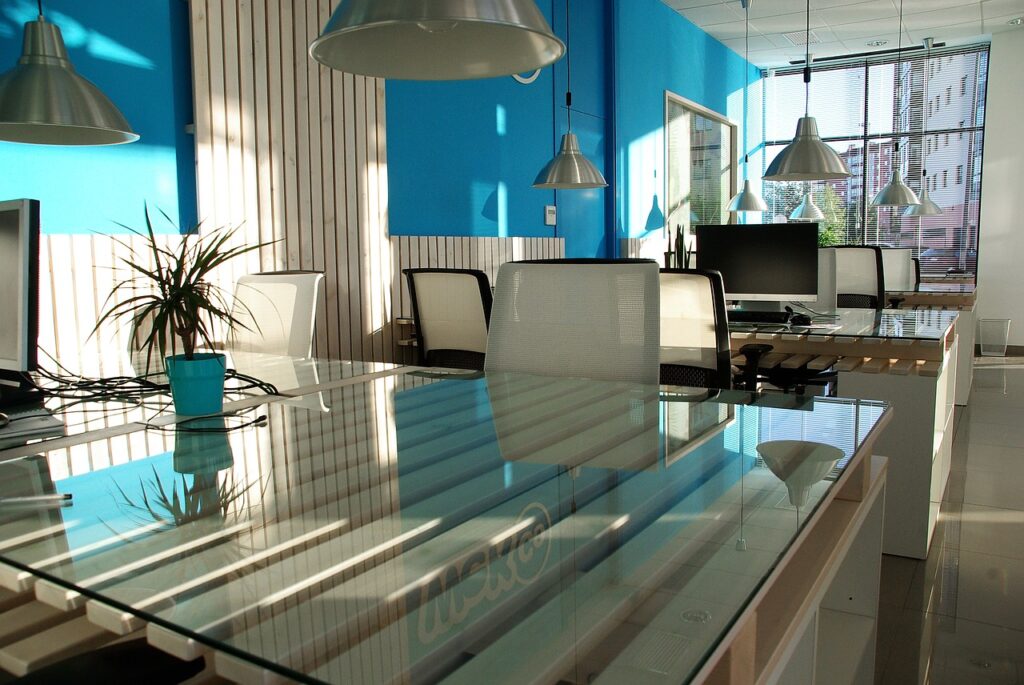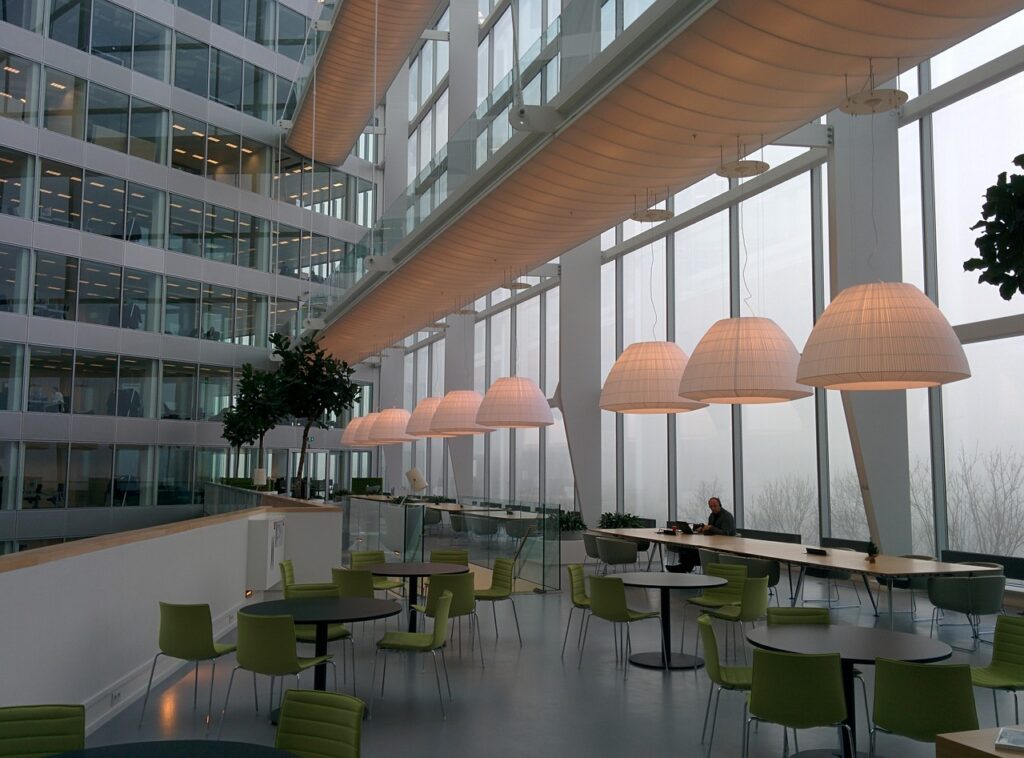According to the US Department of Energy (DOE), between 25-35% of wasted building energy is blamed on inefficient windows. The California Energy Commission even estimates that 40% of a typical building’s cooling requirements are related to solar heat gain through windows.
Independent analysis conducted by ConSol, a California based energy consulting firm, reported that window film is one of the most cost-effective measures to reduce energy use in California. In fact, window film outpaces traditional techniques such as updating HVAC systems, air sealing and caulking or adding R-38 ceiling insulation. ConSol’s study used many of the same processes the California Energy Commission utilizes in determining relative value of energy savings for the state.
Window film not only works smarter when it comes to energy savings, it’s a greener choice as it offers a small carbon footprint. Window film can be quickly installed on existing windows with minimal disruption to daily routine. It gives new life to once outdated windows so owners save on energy while improving the comfort of their workspaces. You can also avoid the removal and disposal costs of the existing windows, as well as the manufacturing and delivery of the new windows.

What is window film?
Window film is a flexible product composed of one or more layers of coated or chemically treated polyester that can be installed on glass. It is primarily used for retrofit applications to existing windows.
There are several types of window film products that are specifically designed for a particular end use. These include solar- and glare-control, insulating, ultraviolet (UV)-blocking, safety/security, privacy, and decorative.
The majority of window films offer up to 99% UV-protection, and solar-control films can be specified with different levels of insulation improvement. For windows in exterior walls, solar-control and safety/security films are the most beneficial, whereas windows within a building’s interior, such as the viewing glass in office doors or glass partitions, commonly use more decorative products.
Window films can be darker for glare control or privacy purposes or else appear almost totally clear. Over 250 solar-control films are certified by the National Fenestration Rating Council for energy-control specifications, so users can be assured of the products’ energy savings potentials.
Solar-control films can block as much as 84% of the solar heat coming through glass into a building, decreasing the heat load on the air conditioning system to create reduced energy costs. Professionally installed window film can reduce cooling costs alone by up to 30%.
Safety and security window film controls the behavior of broken glass fragments by holding the pieces together. This can greatly enhance the safety of building occupants and protect interiors from damage caused by flying glass pieces. These products can be used to bring unprotected glass up to specified safety standards for impact (by objects or by human impact) or lessen glass hazards during a blast event (such as from a chemical explosion in a laboratory).
Decorative films can be used to make standard glass look like frosted, etched, or patterned glass. They also come in colors or white/black matte looks, enhancing both aesthetics and privacy. Although not designed specifically for this purpose, both standard solar-control and decorative films have some ability to lessen a portion of flying glass fragments should the glass break.

Can window film be installed on older windows or glass?
The newer the building, the greater is the energy-control capability of the window system generally, so there may be less energy savings potential (though possibly still significant) for the use of window films on newer glass. Adding window film to older windows will usually result in higher returns.
However, normal glass stops little ultraviolet energy, so even the addition of clear UV-blocking window film offers benefits. In addition, some newer windows have extremely high visible-light transmission and may create areas of excess glare.
Even the newest windows, which advertise added UV protection as a benefit, usually provide no more than 70% UV block, and it takes very little UV energy to do a great deal of damage over time. A trained window film specialist using specific tools and guidelines from a manufacturer can determine how much added energy savings and other benefits might be achieved by adding window film to these newer types of windows.

How long will window film last?
Window films will normally have at least a 10-year manufacturer’s warranty, but products today generally have 15 to 20 years of warranty coverage from the manufacturer, dependent on the specific film and intended use. The U.S. Department of Energy’s Weatherization Assistance Program software uses a 15-year life expectancy for low- to medium-price window films on windows in older buildings. To meet building standards in California, window films must have a minimum 10-year manufacturer’s warranty now; in 2020 that will become 15-years.
To learn more about how to reduce energy costs with window film without changing the intended architectural integrity of a building, you can download this free information booklet: https://iwfa.com/consumers/Literature/ArtMID/1392/ArticleID/324/Learn-How-to-Rate-the-Performance-of-Window-Films
About the author
 Darrell Smith, executive director of the International Window Film Association
Darrell Smith, executive director of the International Window Film Association
Darrell Smith is the executive director of the International Window Film Association (IWFA) and has over 45 years’ experience in marketing, sales, and distribution, with the last 35 years in the window film industry. The IWFA is an industry body of window film dealers, distributors, and manufacturers that facilitates the growth of the window film industry though the use of education, research, advocacy and consumer awareness
The International Window Film Association (IWFA) (www.iwfa.com) is a unified industry body of window film dealers, distributors, and manufacturers that facilitates the growth of the window film industry through education, research, advocacy and public awareness. Like us on Facebook, follow us on Twitter and see more information on YouTube.





